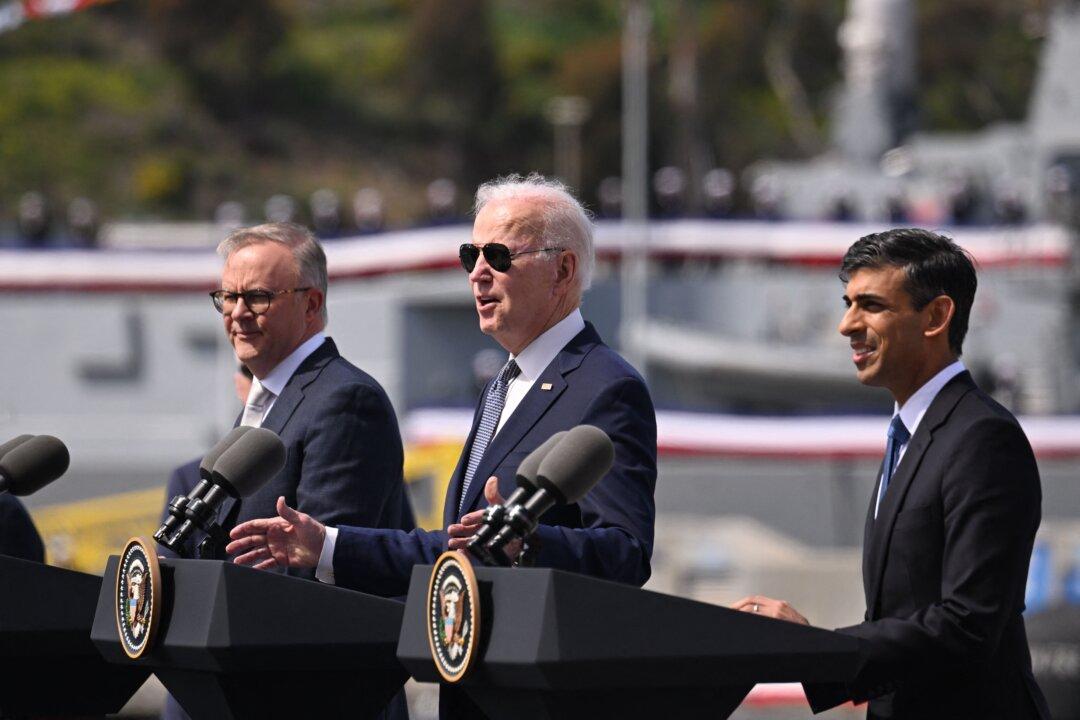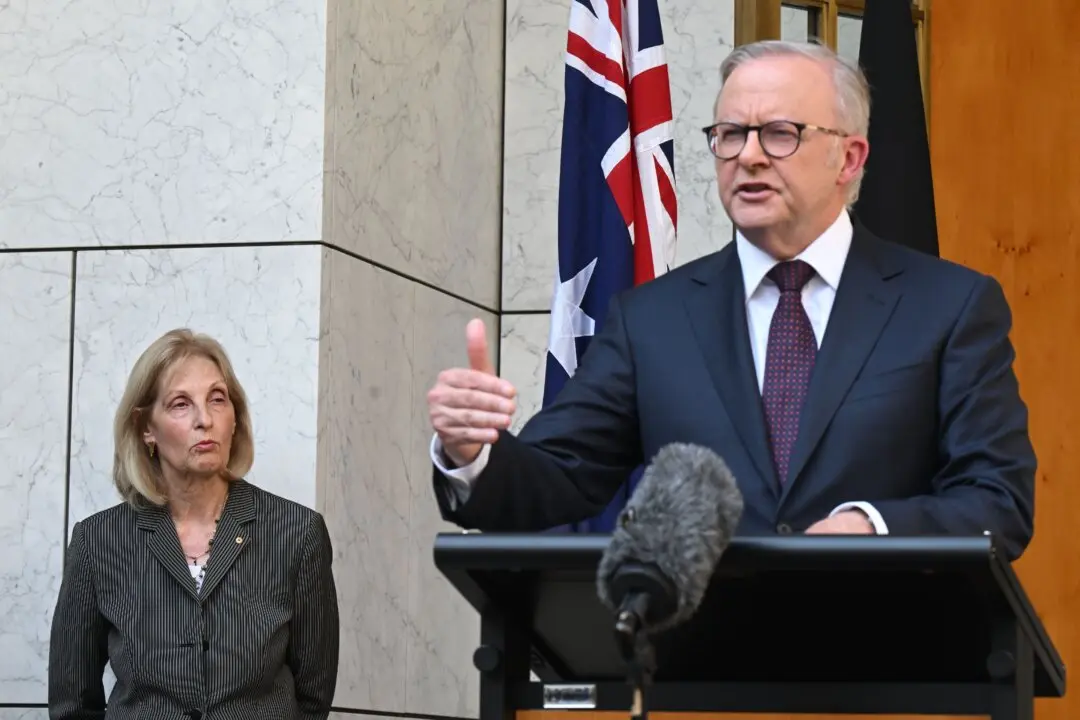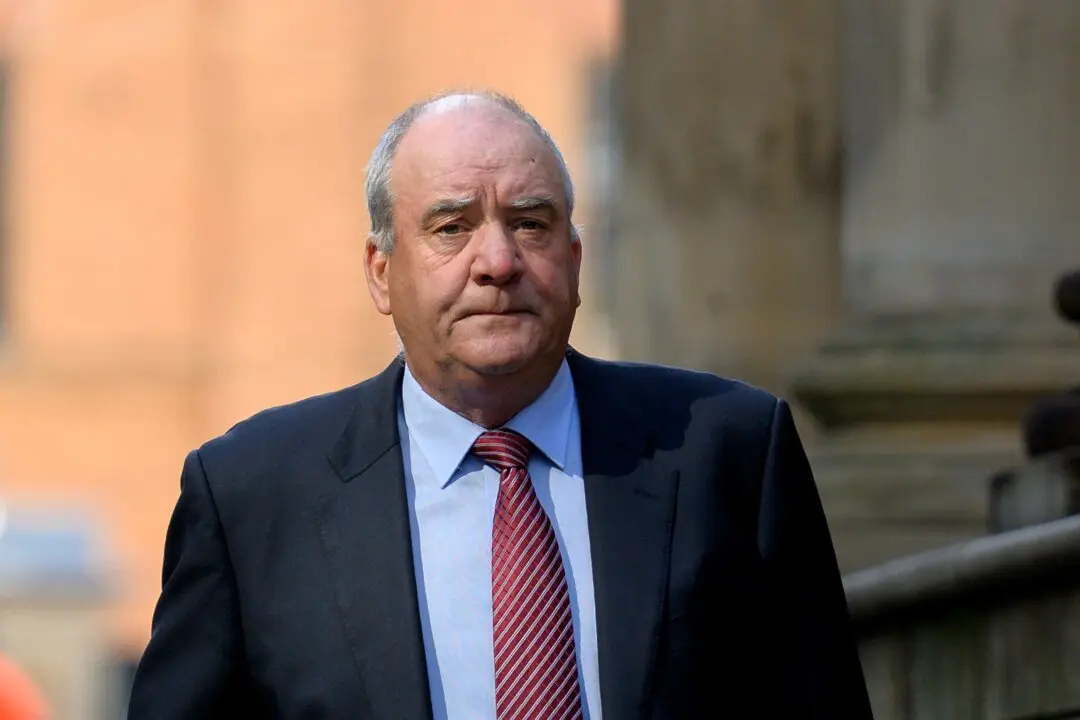To commemorate the first anniversary since the signing of the AUKUS Optimal Pathway agreement in San Diego, Australia, the United Kingdom, and the United States have issued a statement reiterating the importance of the pact to regional stability and security.
The Optimal Pathway is the name given to the arrangement for Australia to acquire conventionally armed, nuclear-powered submarines for the Royal Australian Navy, through AUKUS.





